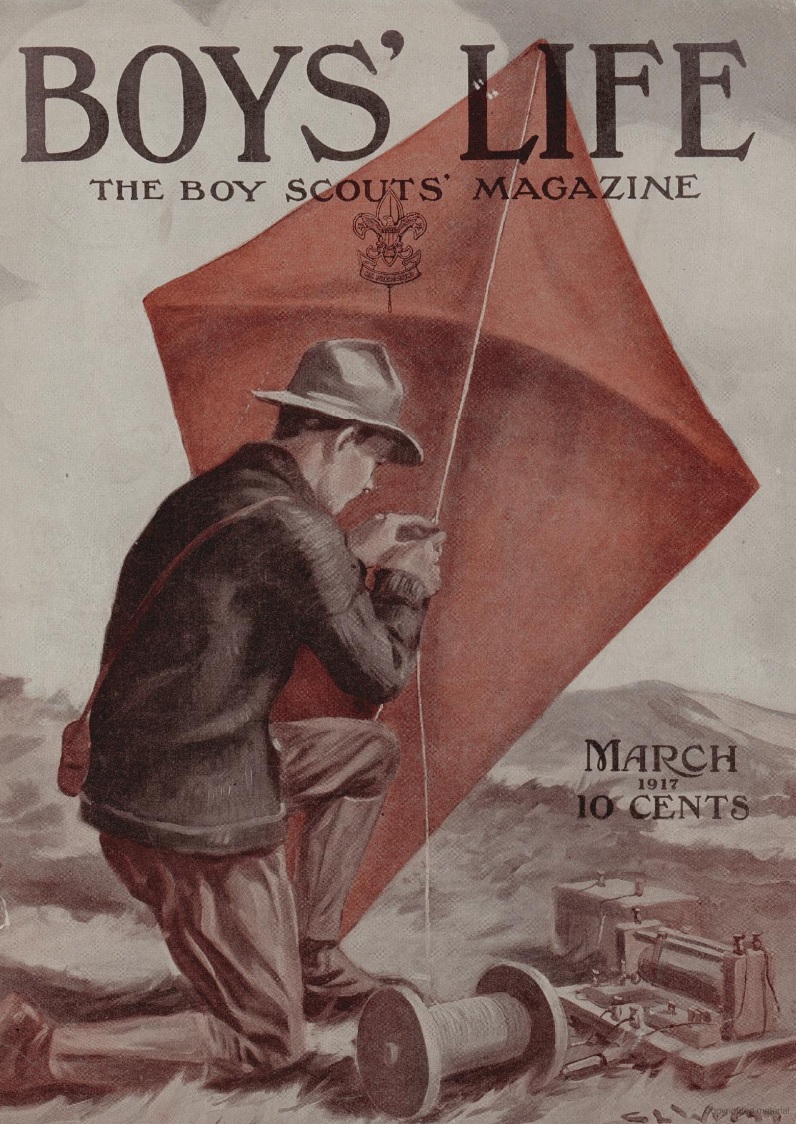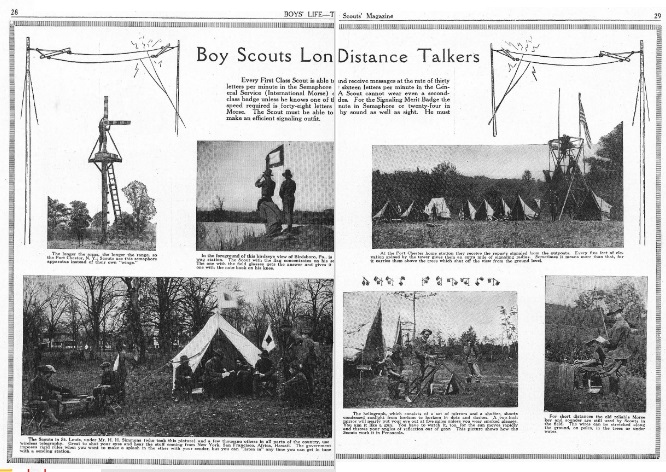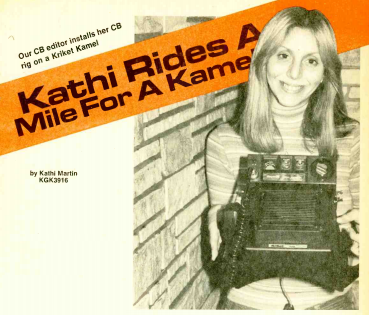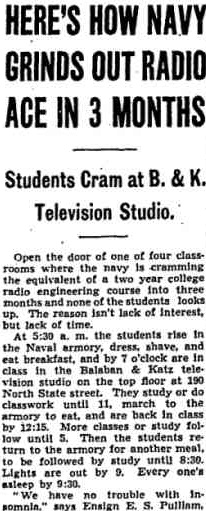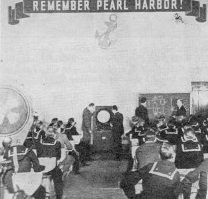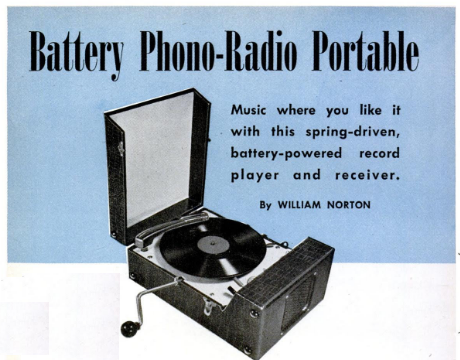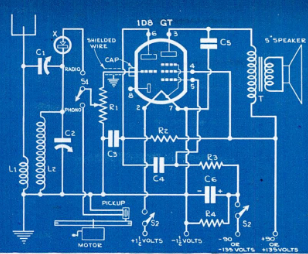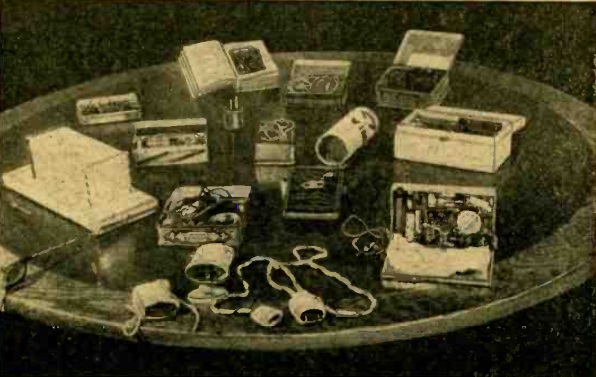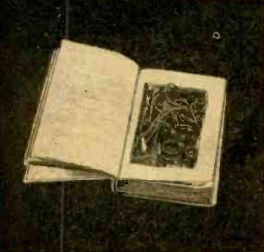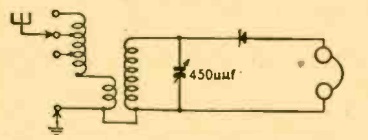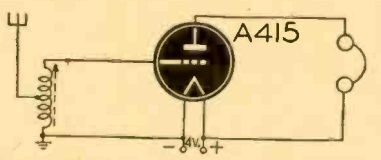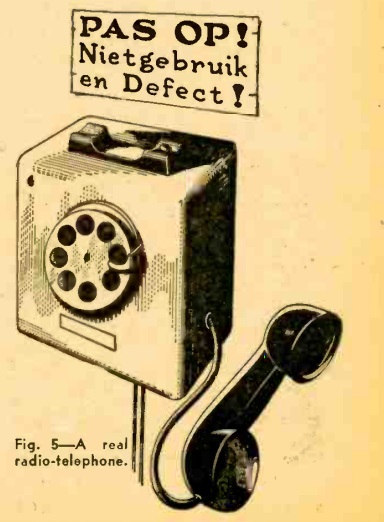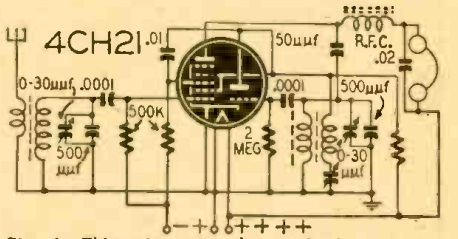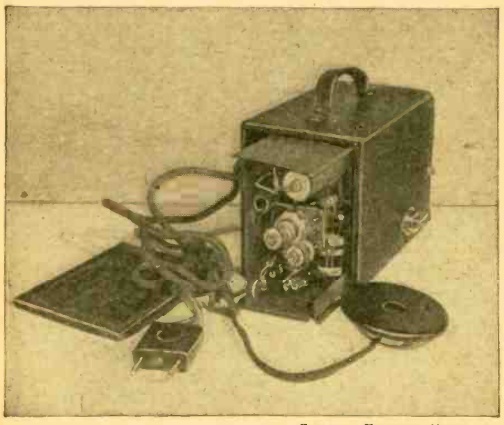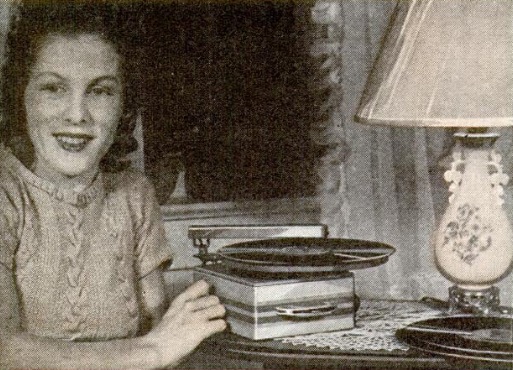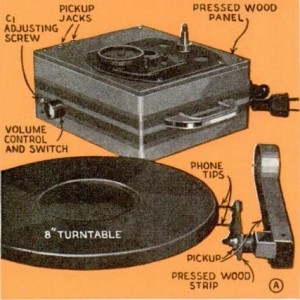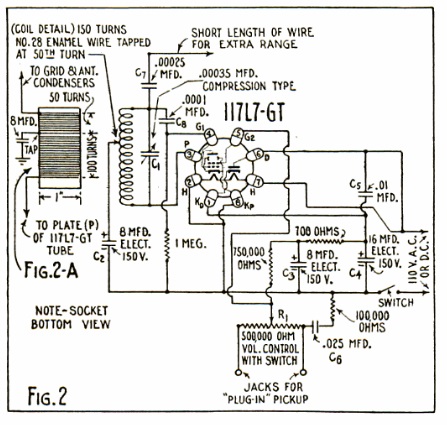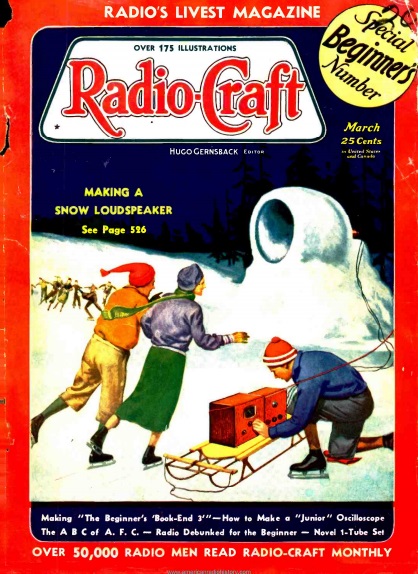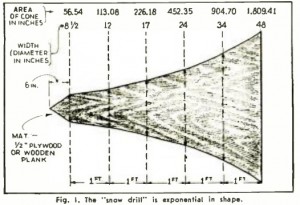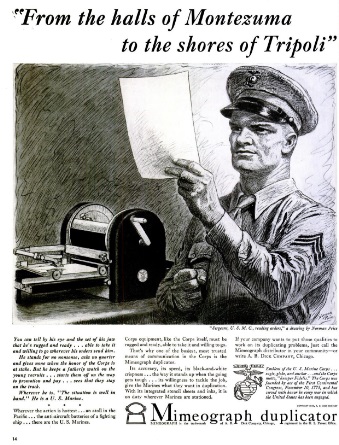Today marks the 75th anniversary of the escape from the Philippines by General Douglas MacArthur, which began on March 11, 1942. He and his forces were surrounded on the Island of Corregidor.
The Japanese invasion had commenced at the same time as the attack on Pearl Harbor. In accordance with American doctrine, Manila was declared an open city. By March, American and Filipino forces had withdrawn to Bataan, with the General’s staff on Corregidor. In February, MacArther had announced that he and his family intended to share the fate of the garrison, but fearing that the General would become a high value prisoner, President Roosevelt ordered him to go to Australia.
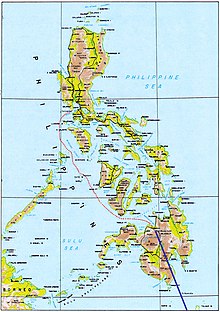
MacArthur’s route. Wikipedia image.
MacArthur, his family and staff, travelled through waters patrolled by Japanese warships in PT boats to Mindanao, from which they flew to Australia. President Roosevelt issued a statement on March 17:
I know that every man and woman in the United States admires with me General MacArthur’s determination to fight to the finish with his men in the Philippines. But I also know that every man and woman is in agreement that all important decisions must be made with a view toward the successful termination of the war. Knowing this, I am sure that every American, if faced individually with the question as to where General MacArthur could best serve his country, could come to only one answer
Over the coming weeks, Bataan fell, leading to the Bataan Death March, which began on April 9, in which thousands of Filipino and American POW’s perished.
MacArthur arrived in Melbourne on March 21, where he gave his famous “I shall return” speech:


